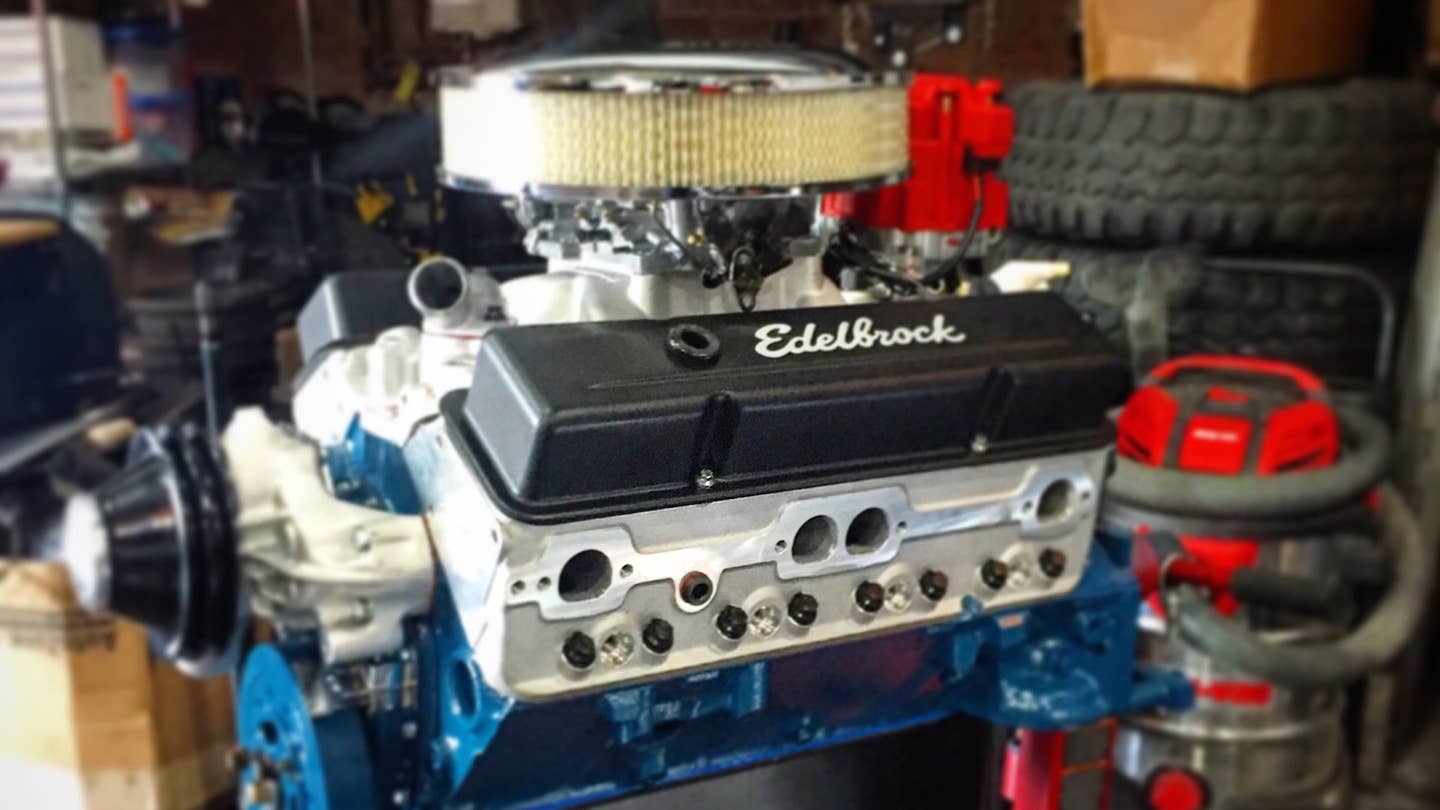How Do Carburetors Work?
This much-maligned method of fuel delivery is actually misunderstood genius.

We may earn revenue from the products available on this page and participate in affiliate programs. Learn more ›
In this age of computerized fuel injection systems, many people have written off carburetors as relics of a bygone era. Lacking the array of electronic sensors that allows fuel injection to more precisely regulate the air-fuel ratio—and make an engine run at its most efficient—carburetors seem primitive at best.
But carburetors actually do their jobs quite well. There's an old saying that carburetors run on gasoline, air and black magic (or something to that effect). I'm here to tell you that the much-maligned carburetor gets its bad rap mostly from shadetree mechanics who never really learned how they work. The truth is that even the most complex carburetors are relatively simple devices.
Here's a very basic primer on how carburetors work:
1. Air enters the top of the carburetor through an opening that narrows and widens again.
2. As the air passes through the narrow part, called the venturi, it speeds up and draws gasoline from a tiny tube protruding into the side of the venturi. This tube is called the jet.
3. Once air and fuel move through the venturi, they encounter another obstacle called the throttle plate, which is a disc that opens and closes to regulate the amount of air that can enter the engine.
The throttle plate is the part that moves when you press your foot on the accelerator pedal. The carburetor does the rest.
Of course, it's not that simple. There are usually multiple venturis within the same opening—or throttle body—and there can be multiple throttle bodies within the same carburetor. Most vintage muscle cars, for example, use four-barrel carburetors. Anyway, you can always check out this old General Motors film to learn more about carburetor basics.
Despite the prevalence of fuel injection systems in modern cars, carburetors still enjoy popularity with vintage car restorers and performance enthusiasts. Bryant Seller, who owns Jet Performance Products, said that although he keeps waiting for carburetor sales to drop off, they increased 30 percent this year.
"A lot of people are restoring cars from the Sixties, Seventies and even Eighties," he said, in explanation of the spike. "Fuel injection is always going to be more accurate than any carburetor could ever be, but converting to a fuel injection system costs substantially more than putting a carburetor on a manifold."
For the V8 engines popular across so many different applications, from muscle cars and hot rods to kit cars and boats, there are many different kinds of carburetors available. The most common are the Edelbrock and Holley-style square bore carburetors (all four holes are roughly the same size) and the GM-style spread bore (two holes are much smaller than the other two) Quadrajet carburetor.
When it came time to build an engine for my '74 Oldsmobile Omega cross-country project, there was only one carburetor I considered – the Quadrajet. Its small primaries – the two bores that open first when you depress the accelerator pedal, and which are used for most kinds of around-town driving – offer good throttle response and relatively fuel efficient cruising. A pair of huge secondary bores wait in the wings until you're ready to mash the loud pedal to the floor in an effort to transform tires into obnoxious smoke clouds. Also, the Quadrajet was used on most GM cars from the late Sixites until fuel injection was phased in during the late Eighties.
If carburetors have a reputation for being difficult to tune, it's because there's a lot of trial and error involved, Seller said. Beyond the size of the carburetor, there are many variables that can be changed to best meet the needs of different driving conditions. Fuel jets and metering rods, orifice sizes, float level, idle mixture adjustment – there's a lengthy list.
"Take it slow and easy," Seller says to would-be tuners. "Don't make major changes to the tuning; take little steps so that you can correct if you get something wrong."
Quadrajets in particular are known for being tricky, if only because they're more complex than Holley, Edelbrock and Weber carbs.
"It takes a little more knowledge to customize than, say, a Holley, where you just throw in a couple of jets and go," Sellers said.
When you get everything in the carburetor set up right—and when all the other engine parameters, like ignition timing and cooling, for example, are dialed in—an engine will perform at its best. That means more power and better fuel economy.
Custom engine builds in particular require more attention than factory setups, where an off the shelf carburetor will do. In the case of the Omega, which has a higher compression engine running a bigger camshaft than it did from the factory, some tweaking was required in order to set up a carburetor that worked correctly. All I had to do is feed Sellers and his team a list of drivetrain specifications, and they sent me a Quadrajet that worked. That wasn't the end of line—I still had to tune the idle mixture to to a level that worked best according to real-world conditions—but all the basics were covered.
"The carburetor tends to be one of the most ignored parts of restoration," Seller said. "People do all this engine work and the car won't run right because it's not metering fuel correctly."
Now you can see how the carburetor became the hated devil among the pantheon of automotive parts. But they're not evil, only misunderstood.
